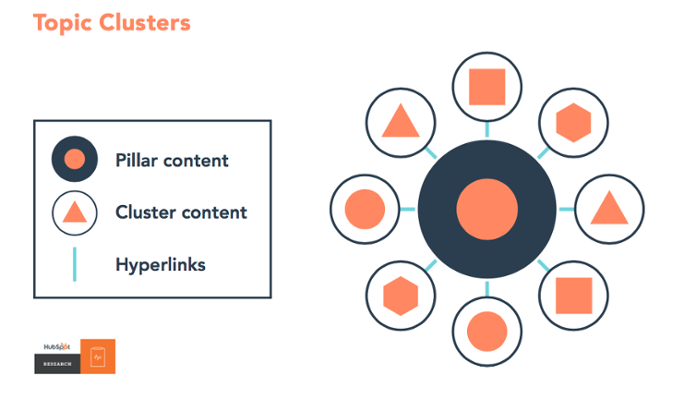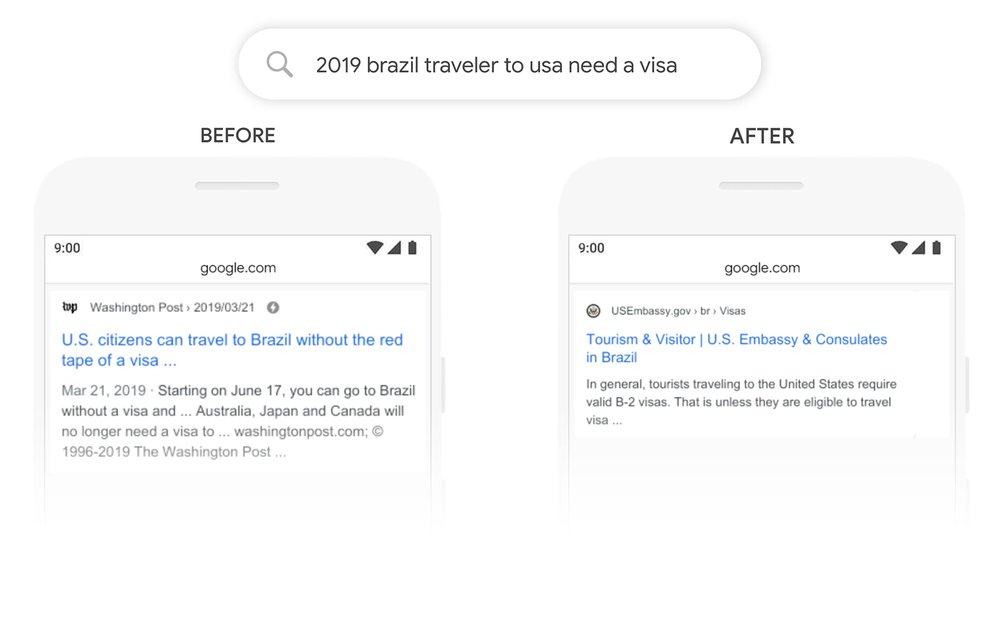How BERT Affects SEO and How You Can Optimize For It
Google’s roll-out of BERT caused a massive buzz in the whole SEO industry since they deemed it as “the most important update in five years”. This particular update, called BERT, officially impacts 10% of search queries. That’s already a massive number since there are millions of searches made every single day. So, what exactly is the BERT update, how will it affect the SEO landscape, and how can we, as webmasters and SEOs, better optimize our websites for this algorithm update?
What is BERT?
Bert stands for Bidirectional Encoder Representations from Transformers. It is a neural network-based technique for Natural Language Processing (NLP) that was open-sourced by Google last year.
The Google BERT Update
BERT isn’t necessarily an update to Google’s current algorithms but it is a technique to improve NLP. It allows Google to process words in search queries in relation to all the other words contained in the query – unlike the word per word process that Google has been using before.
Through this process, Google can, therefore, hopefully, understand the whole context of a word contained in the search query. This means that Google’s application of the BERT model enables them to do a better job of assisting users in finding useful information. The primary target for the BERT model are “longer, more conversational queries” where words like “for” and “to” greatly affect the meaning of the query – in my understanding, these are, more often than not, long-tail keywords.
BERT is currently affecting 10% of searches in the U.S. and it’s currently only applicable to the featured snippets in other languages.
Here’s an example that Google used to highlight the effect of the BERT model:
How You Can Optimize for BERT
According to Google, optimizing for BERT is impossible since there is “nothing to optimize”. It’s a direct echo to their statement during the release of RankBrain. However, SEOs always have ways of understanding an algorithm update in a creative and unique way that allows us to come up with strategies that will help our site navigate through Google’s ever-changing algorithms. With that said, here are some (simple) strategies that can help you with the recent BERT update.
Simpler and Succinct Content
I’ve mentioned in a past blog post that word count isn’t as important as you might think it is and that’s directly related to writing for answering a user’s query. Google has always reminded webmasters that we should write for the users – not the search engines. Of course, there are still some webmasters that put the “technicality” of their content as the most important aspect. If you’re one of the webmasters that still focus on keyword density, keyword placement, etc. inside your content while not giving importance to the quality and “naturalness” of your content, you might be losing out on Google’s recent algorithm updates.
BERT focuses on the context of the words used inside the sentences (or group of sentences) that you used inside the body of your content. However, at the end of the day, BERT is still just a process used by machines and they can only understand so much. Our roles as webmasters must be providing content that is simple but still succinct.
One guiding principle that I’ve followed every time I write content is if a high school graduate can understand (this is dependent on the niche) the content I’m writing, then the search engines can understand it as well. Here are some pointers to always consider when you write your content:
- Avoid flowery, highfalutin, and unnecessary words
- Be as straightforward and direct as possible
- The content should contain new and useful information that is helpful to the readers
By doing it this way, you’re not only optimizing your content for the users but you’re also helping search engines better understand the content you’re putting out.
Topic Clusters
Here’s the rationale for focusing on topic clusters: being visible for a specific topic is much better than ranking for a particular keyword. Through the use of topic clusters, you can create signals to search engines that you are authoritative/influential for a certain topic that encompasses a wide range of long-tail keywords – which will eventually outweigh the traffic you’re receiving for just a handful of high-traffic, high-difficulty keywords. To help you get started, I’ve written about Topic Clusters Model and how it can help SEO. Here’s an image from Hubspot that help you understand topic clusters:

(Image Source: HubSpot)
Be Specific with the Keywords or Queries You Target
One of the main challenges for SEOs for BERT is that this update is not about how Google understands the content of websites but is to better understand what exactly a user is looking for. That means for SEOs, the key here is to be more specific on the queries or questions your content is looking to answer.
It’s similar to starting a business. When you’re an entrepreneur, you should think of a business that solves needs because those are the types of businesses that are profitable. Same with content. The best content are those that answer and satisfy the needs of users.
Put yourself in a searcher’s shoes. If you are looking for a laptop, what would be the exact words you would search for? What search results are you expecting to see?
The thing is, we often remove stop words or pronouns from the keywords that we are targeting thinking this is how people search. We often forget about long-tail keywords, search terms full of stop words in between, but this is exactly what BERT is trying to accomplish.
Rather than using keyword research tools, use the following to research for content:
- Google Autocomplete
- People Also Ask Box
- Related Searches
The queries that reflect in these areas in the search result are the mirror of what people search and how people search so use these as clues to how you write your content.
Key Takeaway
BERT isn’t a massive surprise since Google has been continuously putting out updates that relate to a much better search experience for the users. Their recent updates all focus on one thing: delivering useful, informative, authoritative, expertly-curated, and accurate information/answers to the users.
Keep in mind that BERT is not yet applied to foreign search markets aside from the Featured Snippet cards. However, as time goes by, there is no reason for Google to not apply it to foreign language search markets.
Take note of the strategies I’ve highlighted above since they’re useful for keeping up with Google’s continuous algorithm updates. Do you have any questions? Comment it down below!

